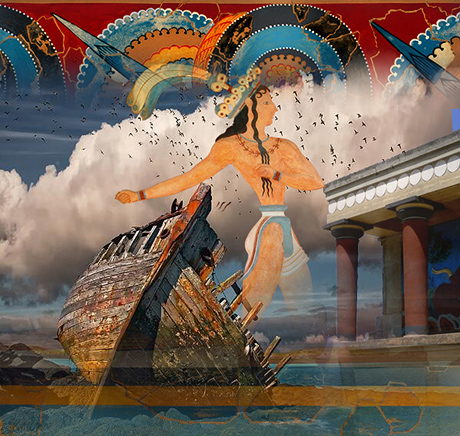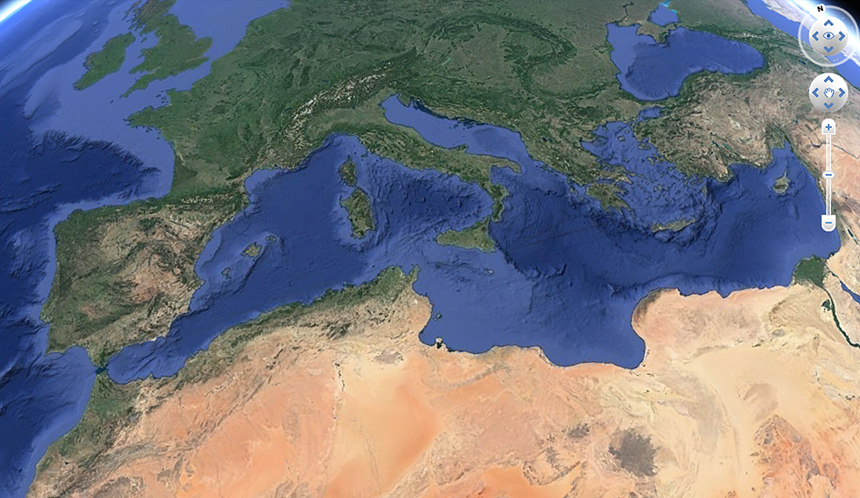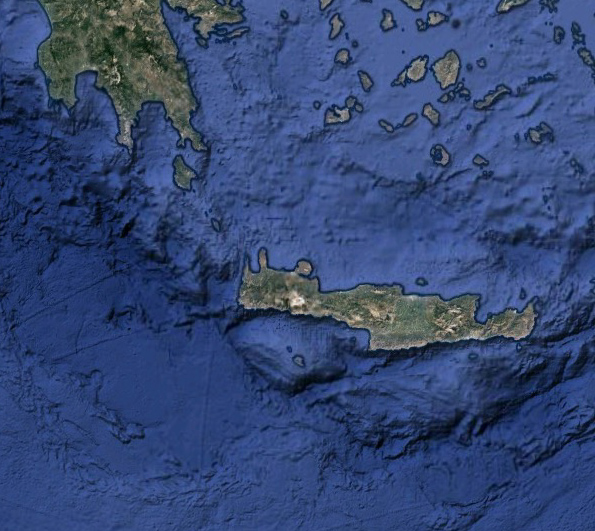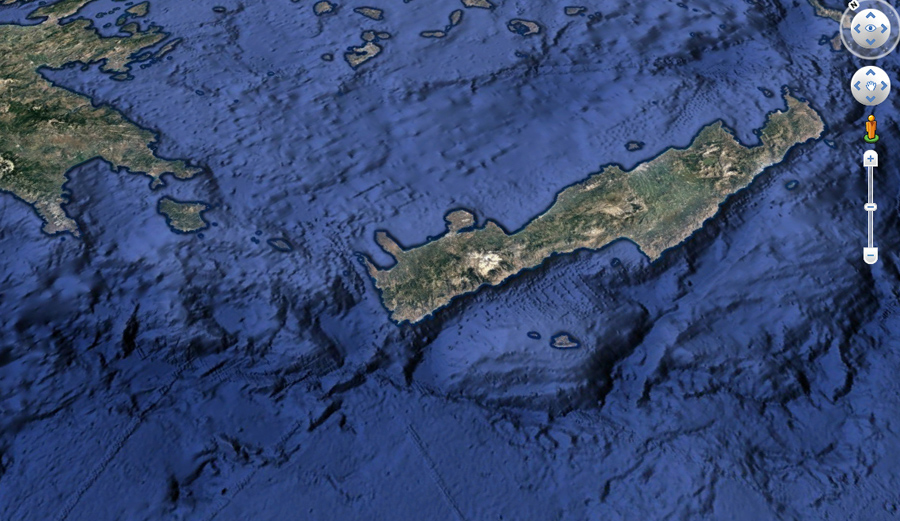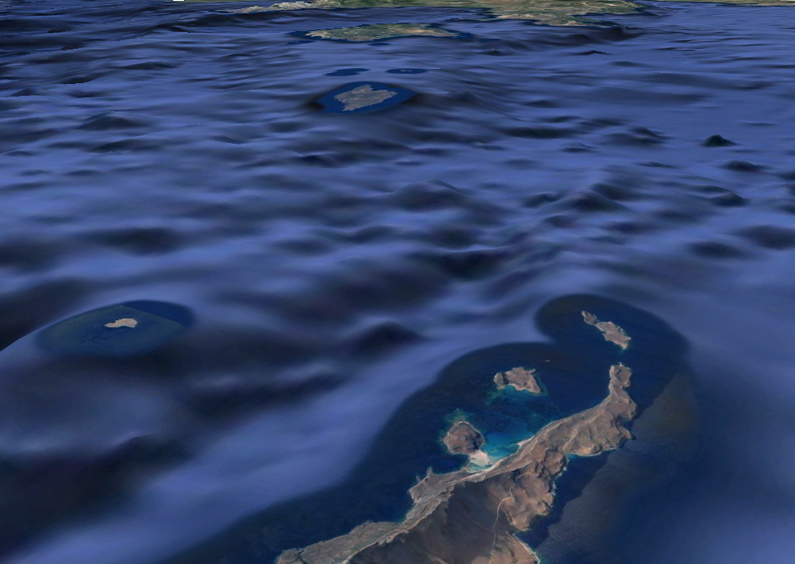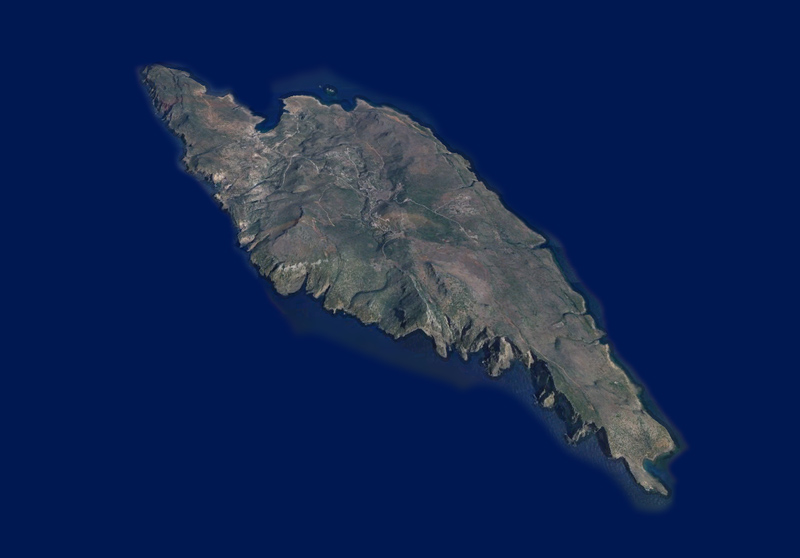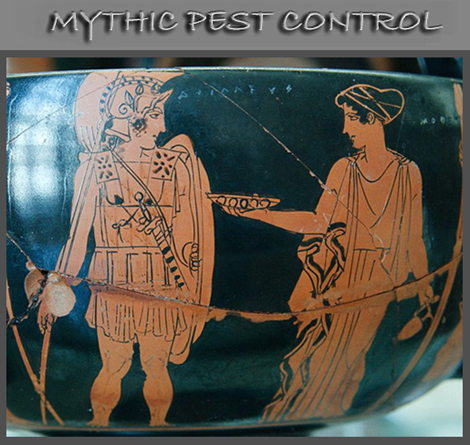|
This Bronze Age
civilization thrived between 3000 and 2000 BC, reaching its peak
in the period between 2000 and 1580 BC.
Many of the houses
in Akrotiri were major structures, some of them three stories
high. It's streets, squares, and walls were preserved in the
layers of ejecta, sometimes as tall as 26 feet or 8 meters indicating
this was a major town. In many houses stone staircases are still
intact, and they contain huge ceramic storage jars, mills, and
pottery. Noted archaeological remains found in Akrotiri are wall
paintings or frescoes, which have kept their original colour
well, as they were preserved under many feet of volcanic ash.
The town also had a highly developed drainage system and, judging
from the fine artwork, its citizens were clearly sophisticated
and relatively wealthy people.
Pipes with running
water and water closets found at Akrotiri are the oldest such
utilities discovered. The pipes run in twin systems, indicating
that Therans used both hot and cold water supplies; the origin
of the hot water probably was geothermic, given the volcano's
proximity. The dual pipe system, the advanced architecture, and
the apparent layout of the Akrotiri find resemble Plato's description
of the legendary lost city of Atlantis, further indicating the
Minoans as the culture which primarily inspired the Atlantis
legend.
The volcanic
eruption that destroyed Akrotiri ejected up to four times as
much as the well-recorded eruption by Krakatoa in 1883. |
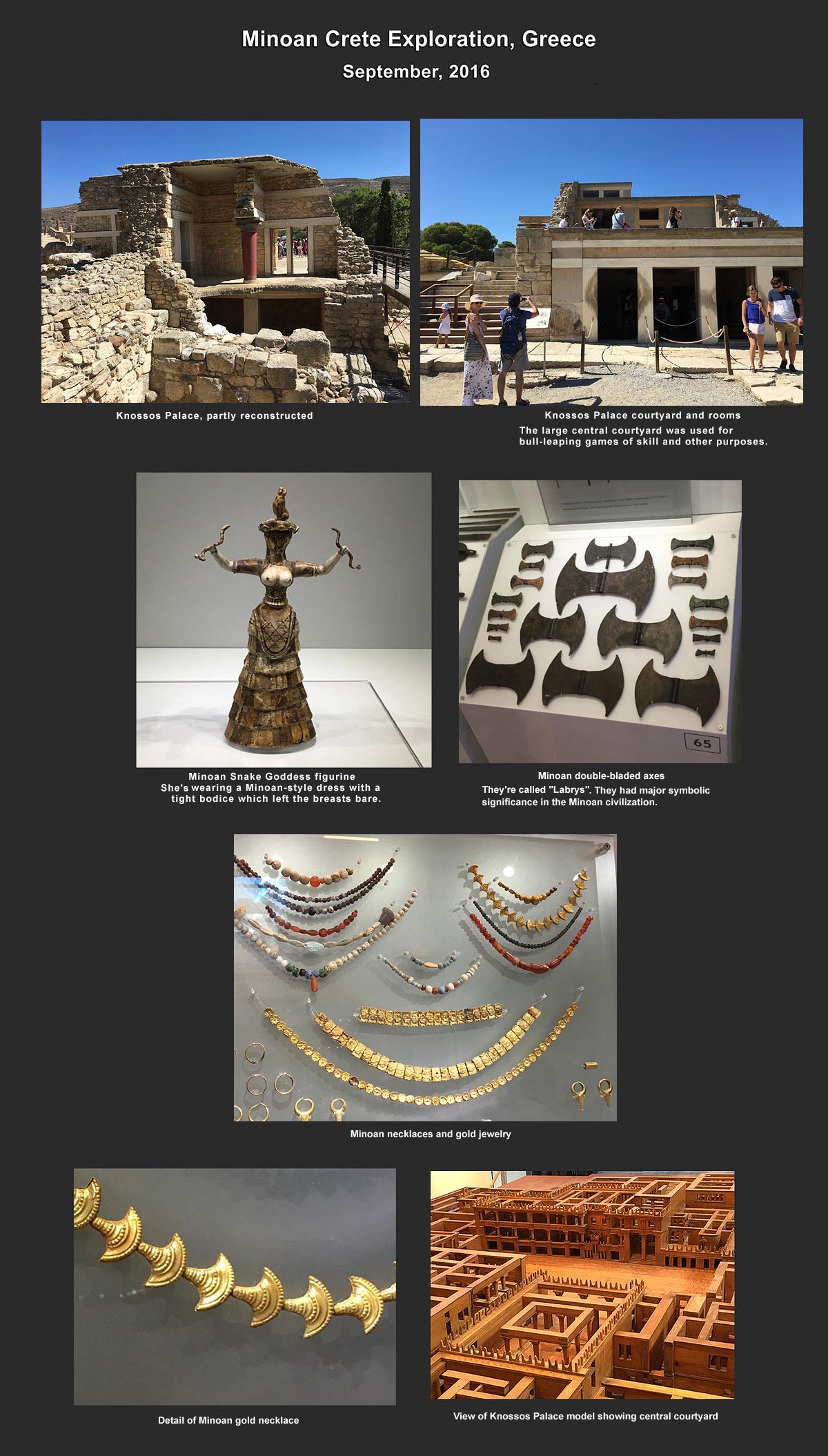
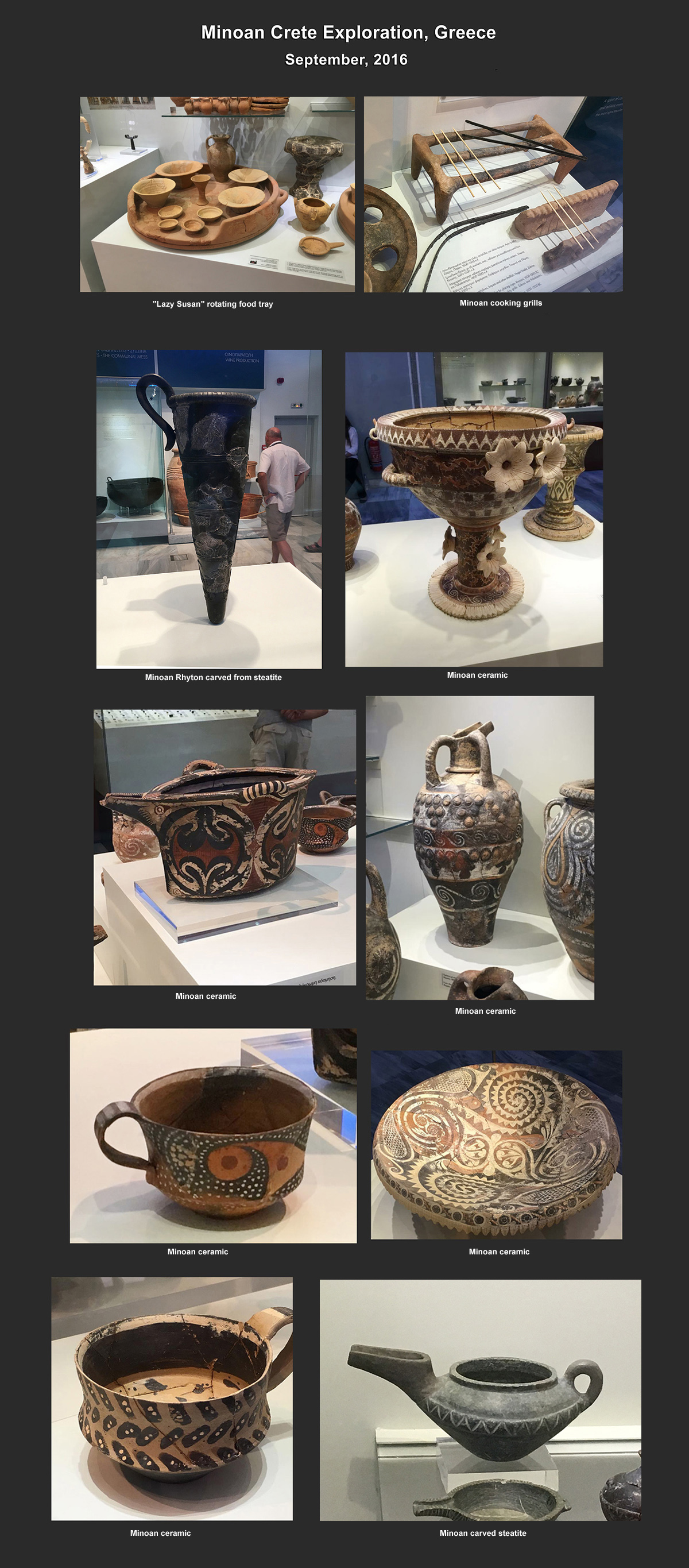
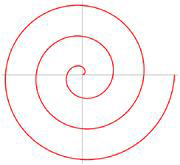
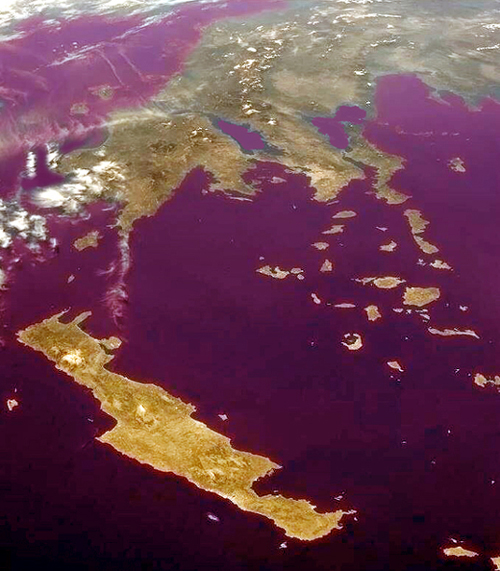


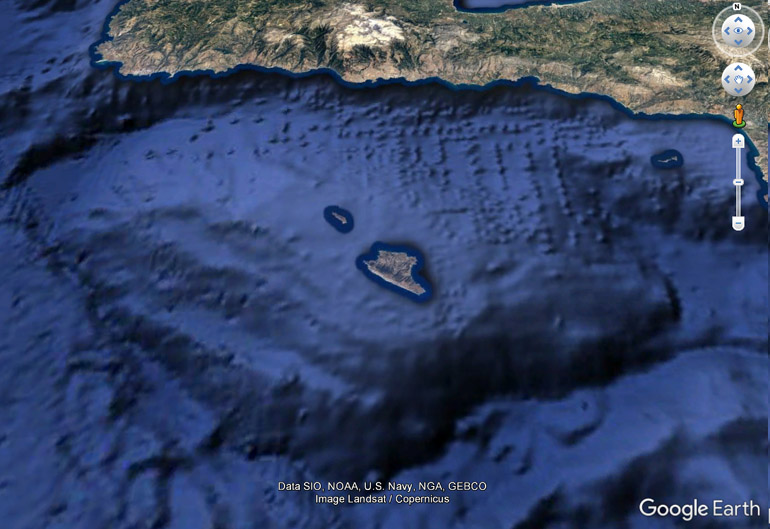
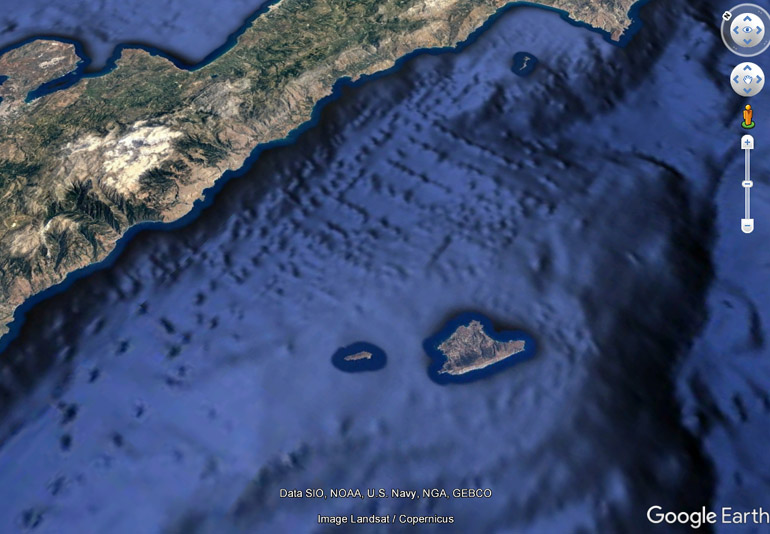
 '
'